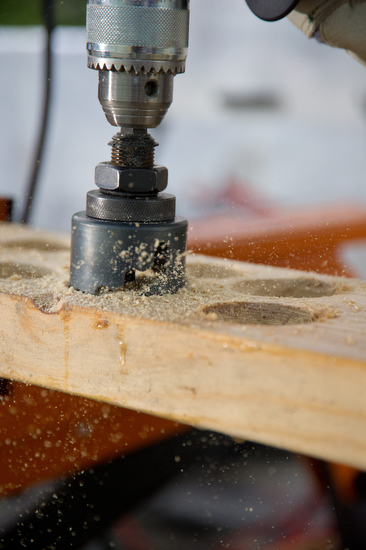 |
| Nikon D3S, ISO 6400, f/5.6, 1/2000, 28-300mm also used SU-800 Speedlight Commander to fire SB900 Speedlight off camera. The RadioPopper PX System are used to be sure the signal for flashes works outside. |
A close-up of a detail frequently reveals more of the subject than a picture of the whole subject. So many photographers want to shoot general views because they believe they offer "good composition" or to capture the beautiful light. The detail photograph can have more impact and communicate more because the photographer is forced to be interpretive with the detail. The isolated part can tell more, be more emphatic, and be more quickly appreciated and understood. It tells the story in compressed, sometimes dramatic, fashion by scaling down to point out a specific idea to greatest effect.
 |
| Nikon D3S, ISO 3200, f/5.6, 1/4000, 24-120mm, SU800 with SB900 off camera flash |
I have found the following exercise effective with my students at Reinhardt College. First, shoot a large scene, then close in on it and cut it in half. Close in again and again until, finally, you isolate the most important subject and thus make a statement about the main thing in the scene. In this way, you learn that much of what you see in a picture may not really be that important -- and how to select the part or parts that are most meaningful.
 |
| Nikon D3S, ISO 3200, f/5.6, 1/4000, 24-120mm, SU800 with SB900 off camera flash |
 |
| Nikon D3S, ISO 6400, f/18, 1/60, 14-24mm |

No comments:
Post a Comment